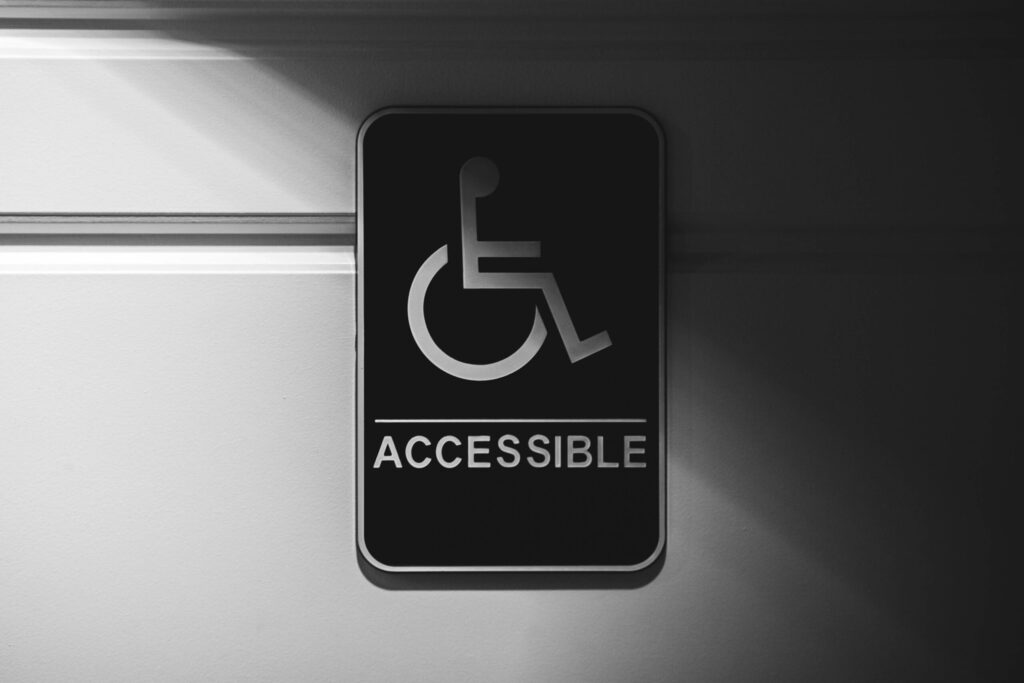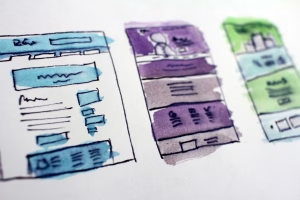
Is Your Website Legally Accessible in the Netherlands?
As of June 28, 2025, the European Accessibility Act (EAA) is officially in effect across the EU — including the Netherlands. That means web accessibility is no longer a future concern, but a legal requirement for many businesses and organizations. If your website isn’t accessible, you could already be at risk of fines and enforcement.
Here’s what you need to know — and what you need to fix now.
What Is the European Accessibility Act?
The EAA is an EU directive designed to ensure that digital services and products are accessible to everyone, including people with disabilities. It mandates universal access to websites, apps, and digital interfaces — improving usability and inclusion across the board.
In the Netherlands, this law is now being actively enforced. Businesses can no longer afford to delay compliance.
Who Must Be Accessible Under the Law?
The EAA applies to a wide range of commercial and public-facing services. In the Netherlands, this includes:
- E-commerce stores and booking platforms
- Banks, fintech platforms, and insurance providers
- Transport providers (trains, buses, airlines)
- Telecommunications and media services
- Digital publishing and e-readers
- Government and public sector websites
Even if you’re a private business, if your website serves the public and falls under these categories, accessibility is now mandatory.
Note: Small businesses (fewer than 10 employees or under €2 million annual revenue) may be exempt, but they’re still encouraged — and expected — to follow accessibility best practices.
What Needs to Change on Your Website?
Websites and mobile apps must comply with the WCAG 2.1 AA standards (Web Content Accessibility Guidelines). These are internationally recognized rules for making digital content accessible to people with disabilities.
Key requirements include:
- Keyboard navigation: Everything must be usable without a mouse.
- Image alt text: Descriptive text for screen readers.
- Clear visual contrast: High contrast between text and background.
- Screen reader support: Proper semantic HTML and ARIA roles.
- Accessible forms: Labels, error messaging, and logical structure.
- Captions and transcripts: For video and audio content.
- No color-only cues: Information must not depend on color alone.
What Happens If You’re Not Compliant?
Dutch authorities now have the power to investigate, fine, and enforce accessibility compliance. For public organizations, audits are already in place. For private businesses, penalties include:
- Fines for non-compliance
- Legal complaints from users or advocacy groups
- Reputational damage
- Required remediation at your own cost
Ignoring accessibility is now a legal liability — and bad for business.
Why You Should Act Immediately
Accessibility isn’t just a legal checkbox — it’s part of modern, inclusive web design. By improving accessibility, you also:
- Improve SEO
- Reach a wider audience
- Offer better UX for everyone
- Future-proof your digital presence
If your website hasn’t been audited or updated, the time to act is now.
Need Help Making Your Website Accessible?
As a web developer focused on accessibility and compliance, I help businesses meet EAA and WCAG 2.1 standards — while improving the overall user experience.
Whether you need a quick audit, a full remediation plan, or a new accessible website, I can guide you through the process.
